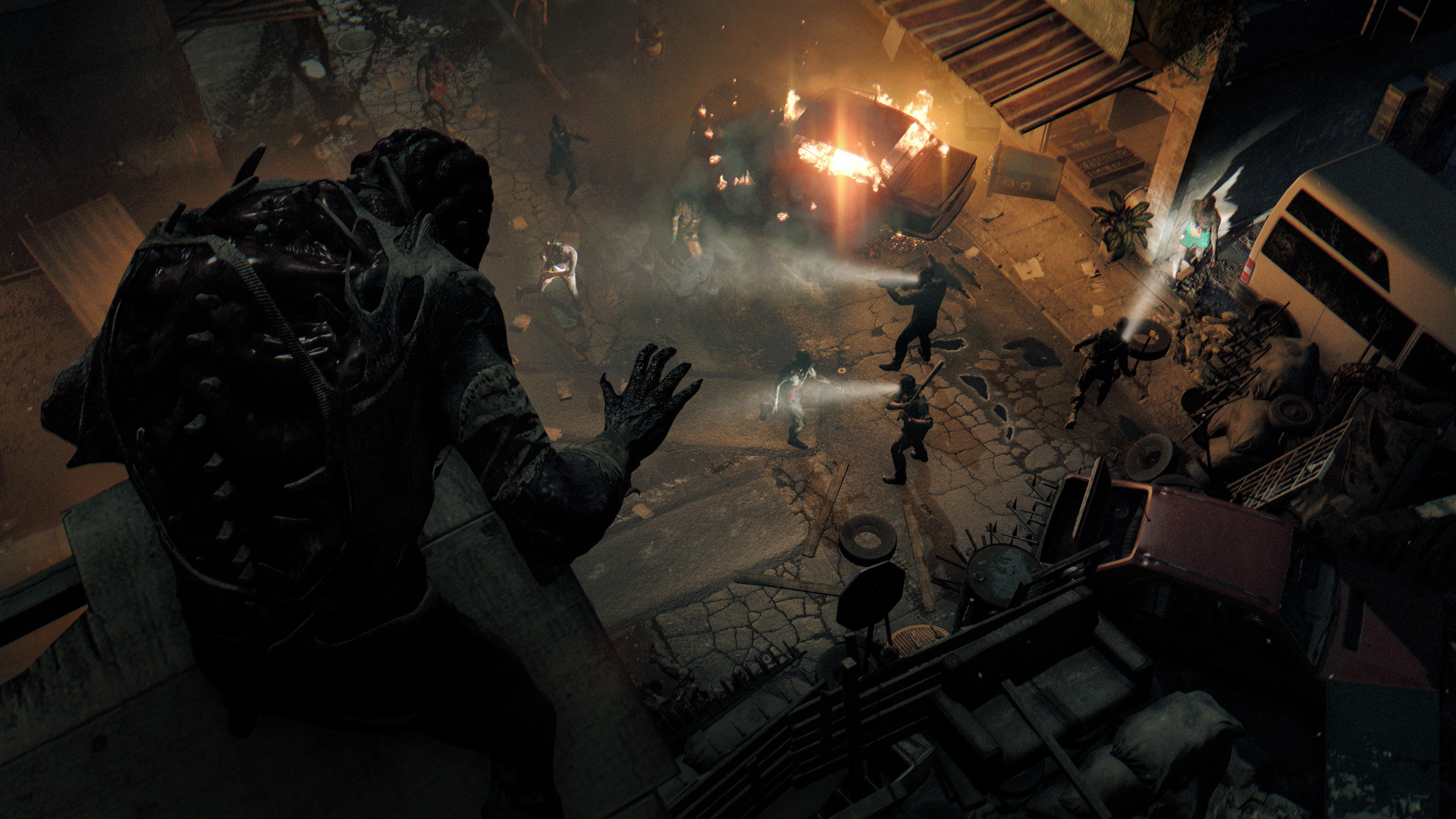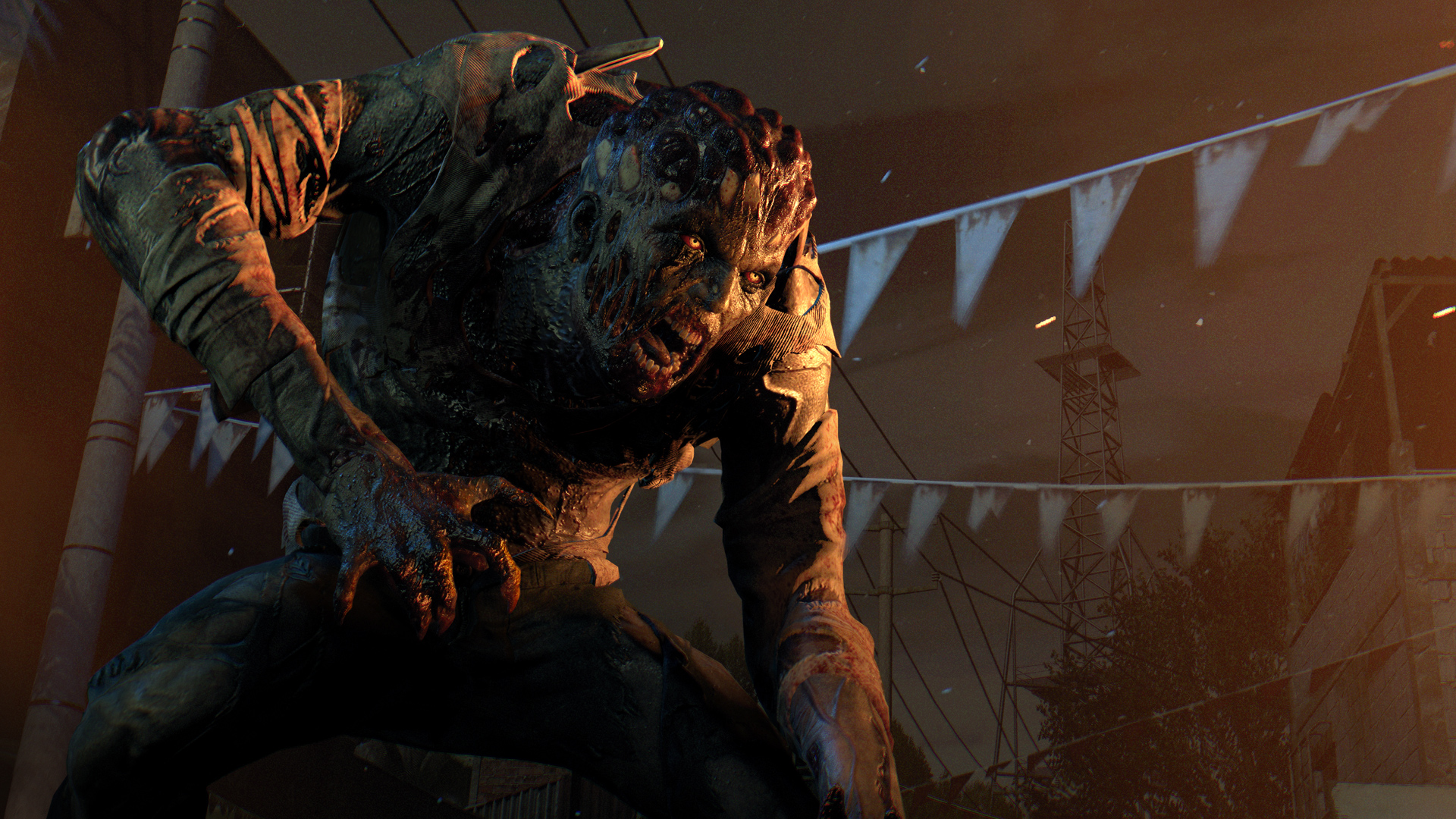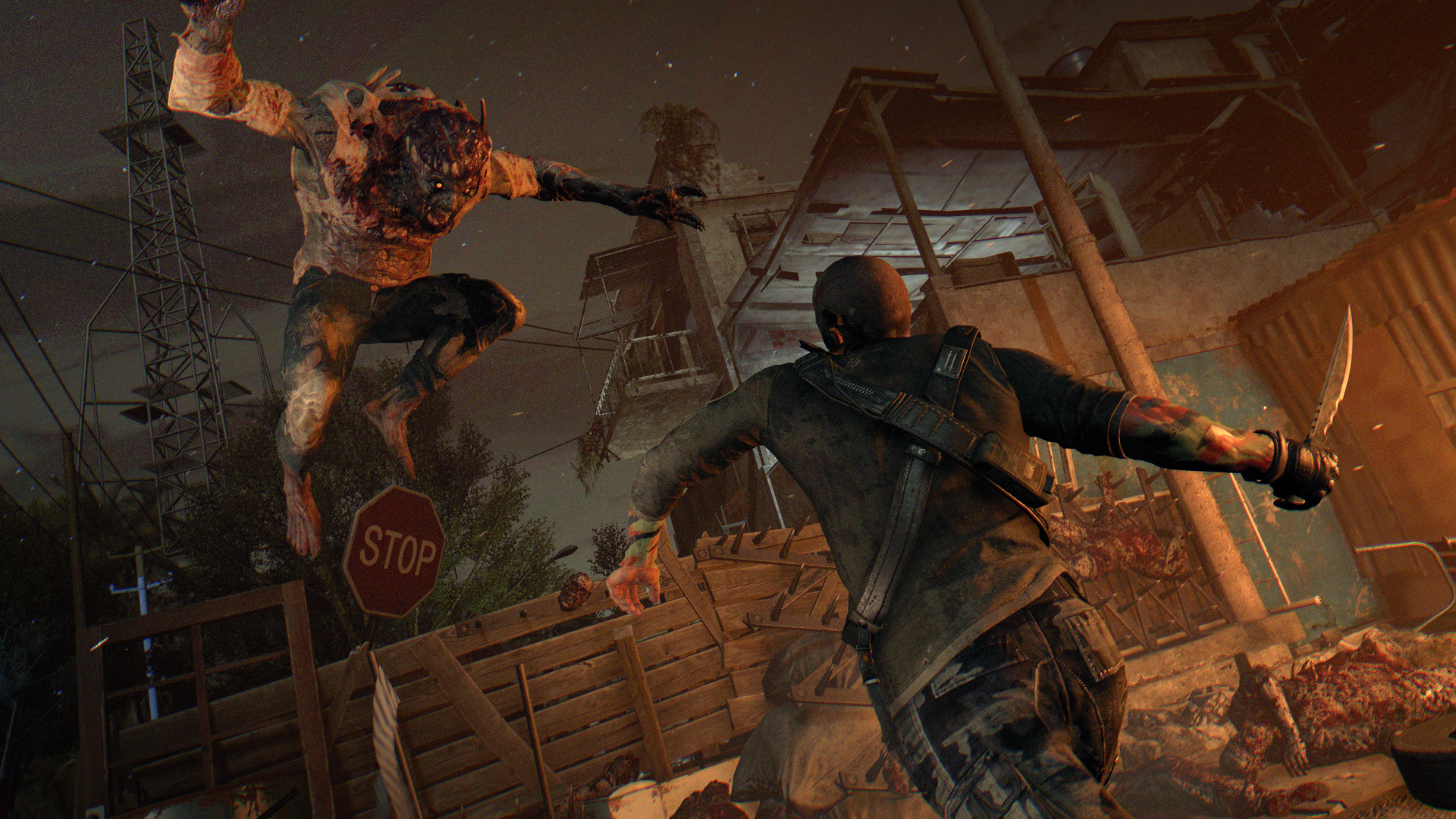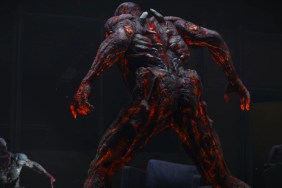The nighttime is not the right time.
Developer Techland's affinity for all things zombies can be seen in its Dead Island series, but the upcoming Dying Light attempts to create its own identity within that same zombie formula. It shares familiar characteristics but also emphasizes survivability, parkour traversal, and the day/night dynamic. My few hours with the game effectively introduced the core mechanics and gave a strong sense of what the game tries to accomplish.
Dying Light drops protagonist Kyle Crane in Harran, a fictional city that crumbles under the pressure of the zombie apocalypse. Crane is tasked with locating a rogue operative, but he soon finds himself with a group of survivors in "The Tower." The narrative presents a morally gray area in which the protagonist and by extension the player question characters' motives, but it lacks effective character development in the opening hours. The occasional cringe-worthy dialogue doesn't help; Rahim in particular likes to call the protagonist a noob, which still causes me to shudder just thinking about it.
The narrative leaves open the possibility of interesting developments over the course of the game, but the real meat of the preview build is Dying Light's structure and individual parts. One of the first mechanics the game teaches the player in the tutorial is how to climb buildings and jump around the environment. Think parkour traversal, which is exactly what the game calls it. Basically, if the player sees any kind of ledge within jumping distance, it can be grabbed. I had to teach myself to not jump and instead focus on that right bumper constantly. Even after a few hours, it didn't feel entirely comfortable, but the ease with which players can climb surfaces compensates.
The best way to avoid a zombie is to get to the roof, so Dying Light features plenty of climbing. It doesn't feel necessary in daylight, though, when zombies roam around at a snail's pace and barely react when you run right by them. That's not to say you should go out picking fights, as it takes quite a few whacks to the head to kill a zombie. Dying Light features melee weapons, and thus combat doesn't feel like a central focus. I was more than capable of killing a few zombies at once, but weapon durability comes into play and I'd rather move on to the next objective. It's important to move swiftly in daylight, because at night Dying Light becomes a different beast.
True to its name, dying light is the biggest threat in the game. At night, zombies begin to react aggressively and gain the ability to climb just like the player. Even scarier than that are Volatiles, super zombies with increased speed and vision cones. If you get into a foot race with one of them, make sure you have a clear path to safety. Running away from a Volatile is the most intense moment of the preview build and I died in the process, though I respawned in a safe zone afterward. According to the game I successfully escaped the pursuit, which sapped the tension of the chase sequence. But my experiences at night still effectively scared the crap out of me.
The day/night dichotomy represents the heart of Dying Light, as it dictates how players need to approach the game. Hunt for supplies and clear out safe zones in the daytime, and then run to safety at night. Time can be advanced at a safe zone, so only brave folks should try to do anything of consequence at night. The threat of darkness highlights the survival horror elements of the game, whereas daytime allows for a greater demonstration of the open world in Harran.
One look at the map shows Dying Light's sprawling environment, and it takes quite a while to run from one quest to the next. The abundance of urban locations look similar to each other, which makes the game feel smaller despite its actual size. The visuals are fantastic, though, and the lighting in particular stands out, especially at night.
Dying Light's open world also gives way to typical genre conventions, like sidequests and experience. The game separates experience into three separate pools: agility, power, and survival. The more you run, the more agility XP you get. The more you hit zombies in the head with a pipe, the more power XP you get. It's a way to nudge the player into trying a bit of everything, but agility and survival seem like the more important skill trees.
In a way, the separate experience pools represent Dying Light itself. The game is part action, part survival horror, and part open world. It's hard to get a sense of how the disparate elements will work together over the course of, say, 20+ hours. In addition, the preview build excludes cooperative multiplayer, which will be in the final release. But as it stands now, Dying Light is a game to keep on the radar leading up to its January 27th release date.
Dying Light
-
Dying Light #1

-
Dying Light #2

-
Dying Light #3












